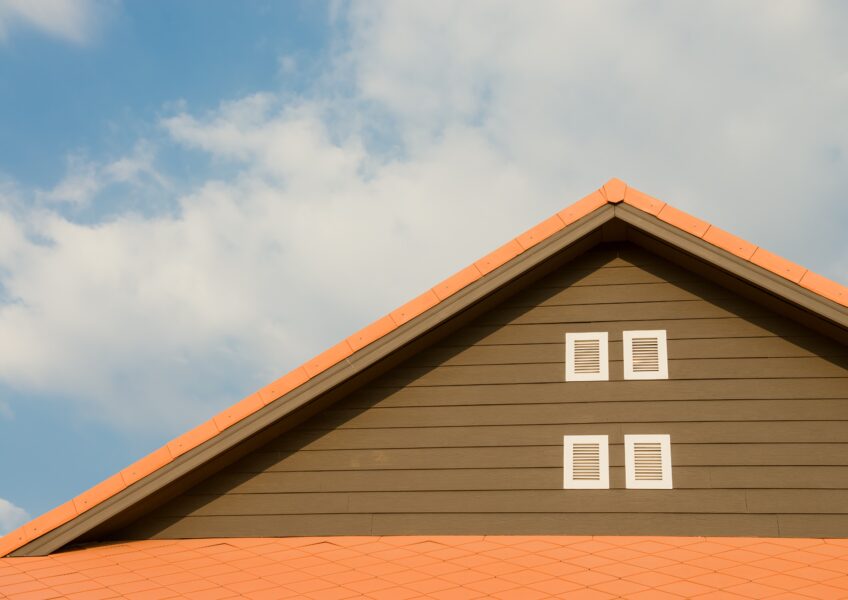Why Proper Attic Ventilation is Crucial to the Health of Your Roof
Often homeowners install roofing systems with a single goal in mind, to protect them from outdoor elements. While attic ventilation is beneficial for this, it does not account for a significant benefit of having an attic is ventilation.
Attic ventilation was introduced in the early 20th century, when Heating, Ventilation, and Air Conditioning organizations were beginning to solve the problem poor quality roof ventilation caused. Today most home boasts attic ventilation to ensure the longevity of your home’s roof.
On top of that, it has a positive effect on the well-being of your family, future costs for home repairs, and the cost you pay for enjoying a proper heating and cooling system. Let’s find out why proper attic ventilation is essential:
How Does Attic Ventilation Works?
Adequate and quality ventilation in an attic typically includes the installation of intake vents alongside the soffits. Moreover, it usually comprises exhaust vents high at the roof ridge.
The setting ensures a continuous flow of air through space. Cooler outdoor air goes in through the soffit vents, whereas the warmer, humid air rises to the highest exit points via the roof ridge vents.
Why is Adequate Roof Ventilation Important?
Proper ventilation is critical to help you solve the problem of excess heat and moisture. Let’s take a closer look at why these are necessary for your roof’s structure:
- During the hotter months, the sun’s rays falling on your roof can spike up the temperature in your attic. Prolonged exposure to excessive heat can result in the warping of your roof and the distorting of the shingles. Moreover, if the attic floor isn’t adequately insulated, the radiation can reach the living area and make it challenging for homeowners to enjoy a comfortable living space.
- Humidity from indoors or outdoors that enters into a cool attic ends up condensing into a liquid as soon as it meets a colder surface. Over time, the moisture can lead to deterioration of the roofing system, as well as the ruin of your attic’s insulation. On the flip side, moisture inside a warm attic can allow the buildup of mildew and mold that strains your home’s cooling equipment.
- In colder regions, warm air from the attic rises to the underside of your roof. With the roof deck warming up, the bottom layer of accumulated snow starts melting, causing water to run down your roof. Unfortunately, the water begins refreezing midway. A continuous cycle of this process can cause an ice dam that blocks the escape of other runoffs.
To Sum it Up
If you feel that your roof boasts inadequate or low-quality ventilation, it’s always a wise idea to learn the warning signs. Be on the lookout for an unexplainable spike in your cooling bills, frequent need to repair your HVAC system, a buildup of ice on your roof, and rust and corrosion on metallic objects on your attic.
In case you notice these signs, you should consider contacting a professional and certified roofing contractor. Not only will they check whether there is adequate ventilation, but they’ll also ensure your building is up-to-date with building codes. To enhance your home’s ventilation, they’ll consider your climate, your roof’s architecture, the age of your shingles, the condition of your decking, and the attic’s insulation.

